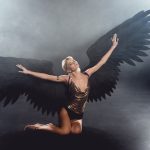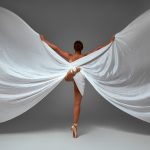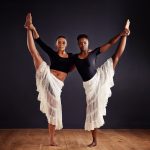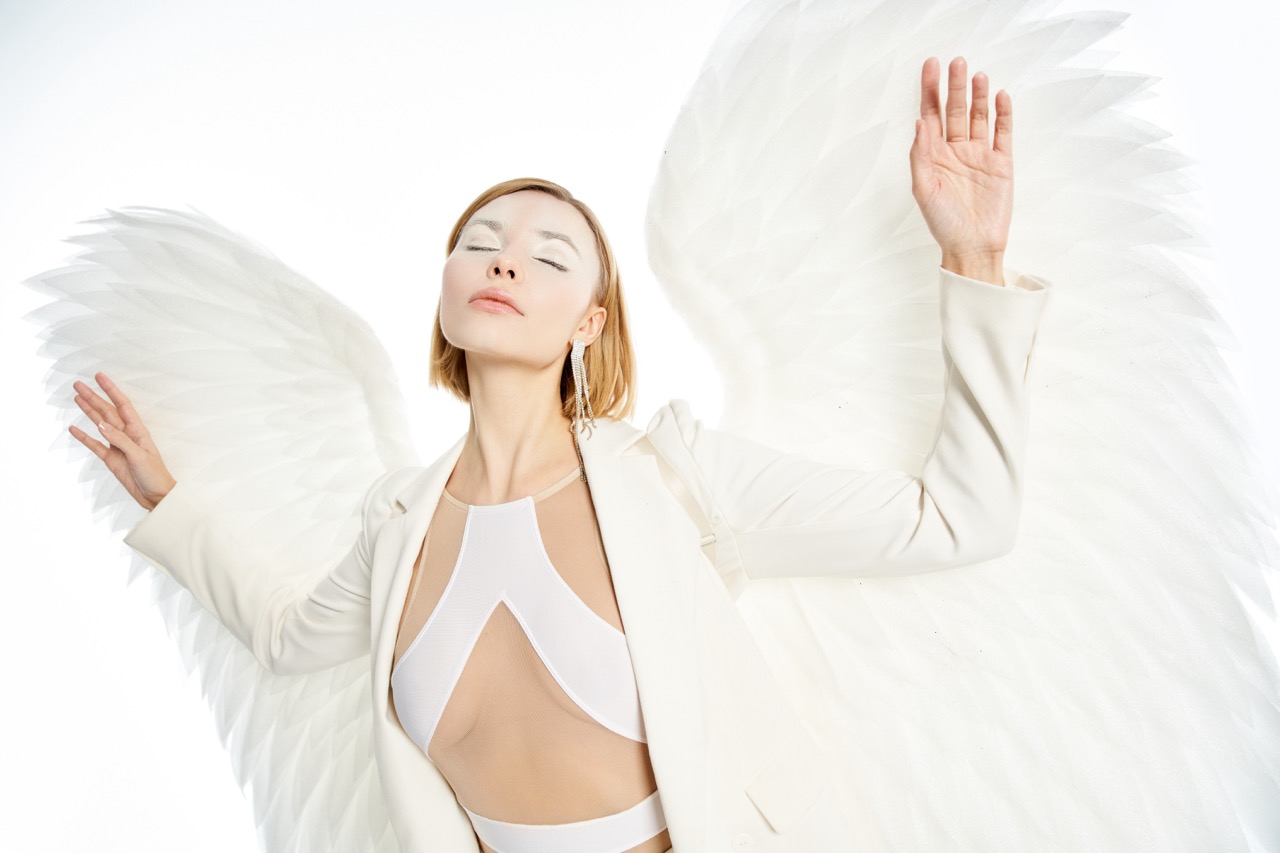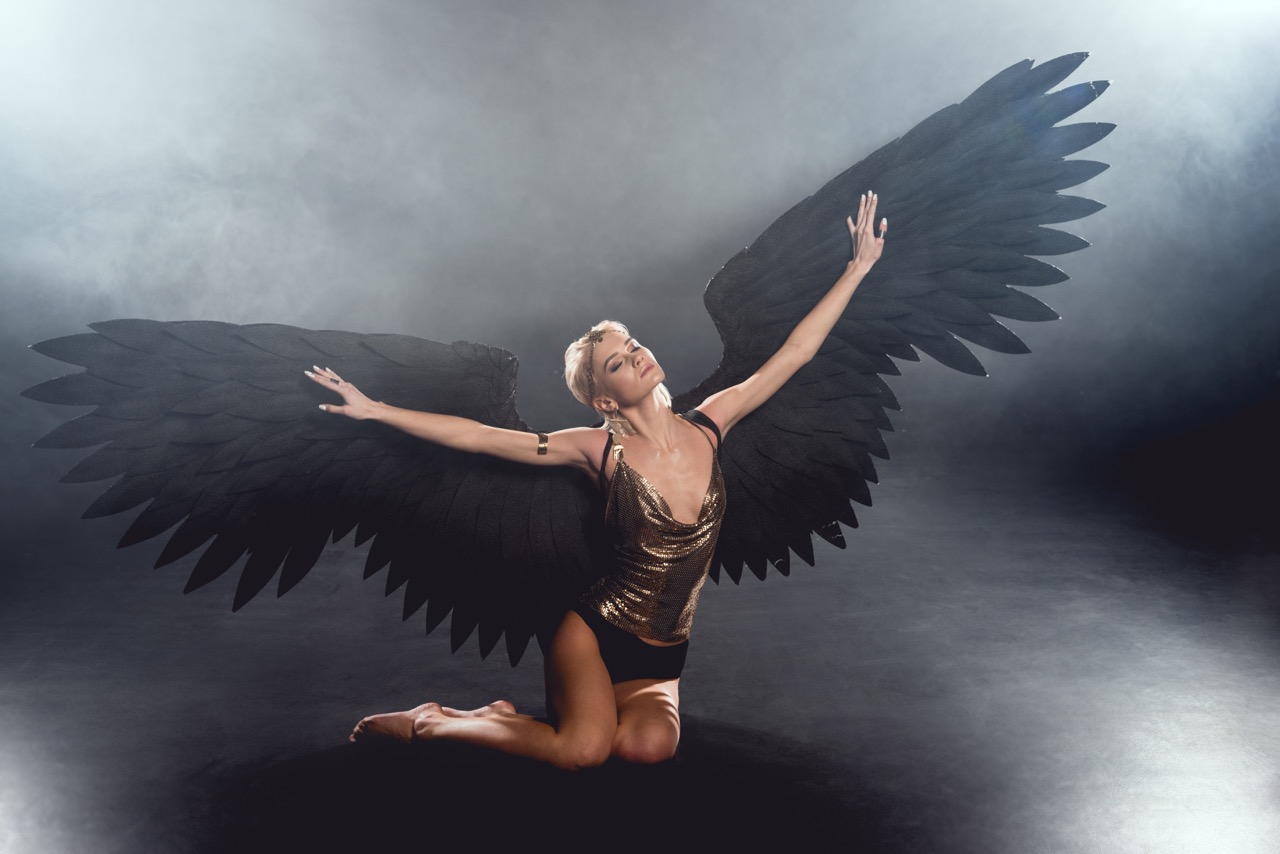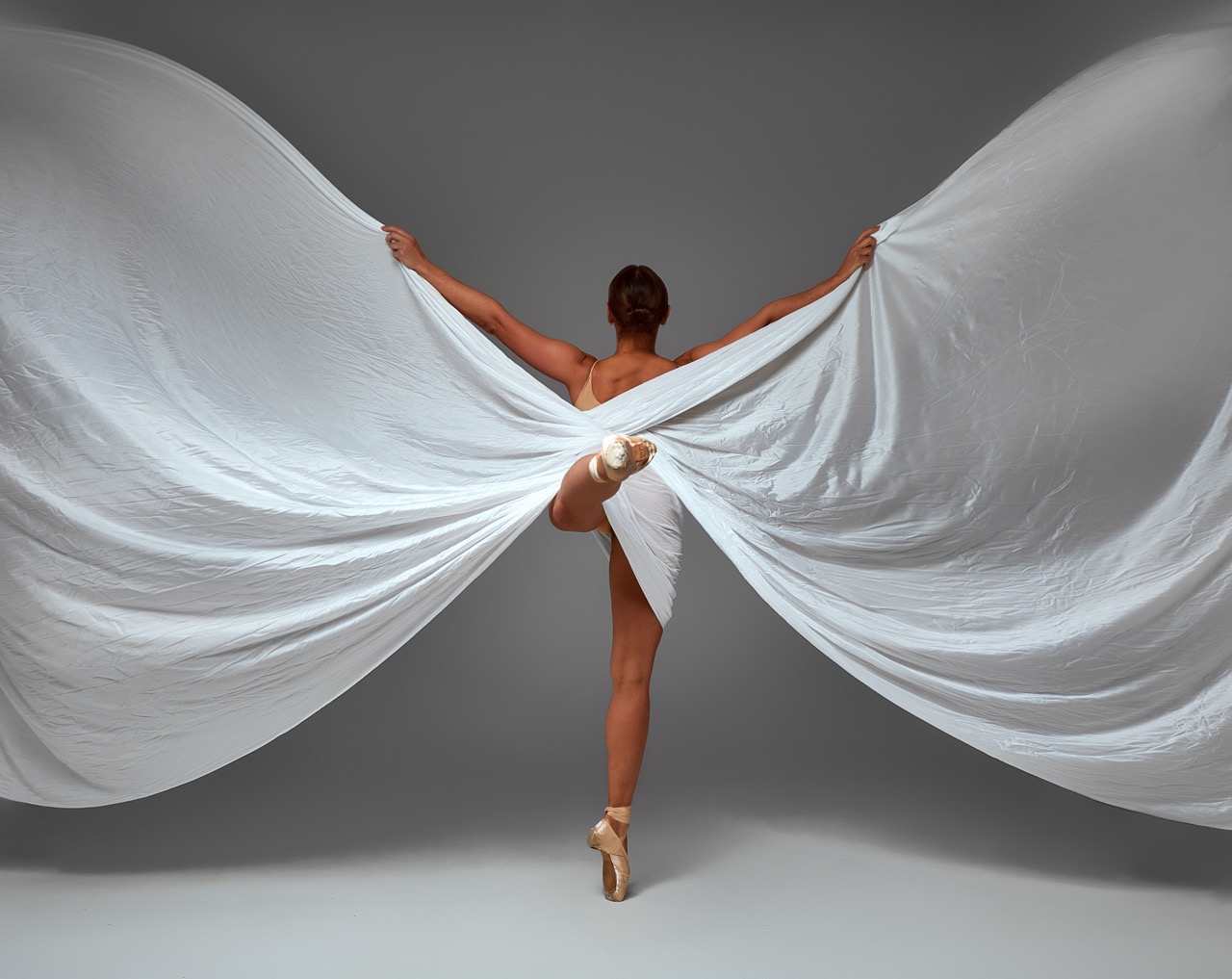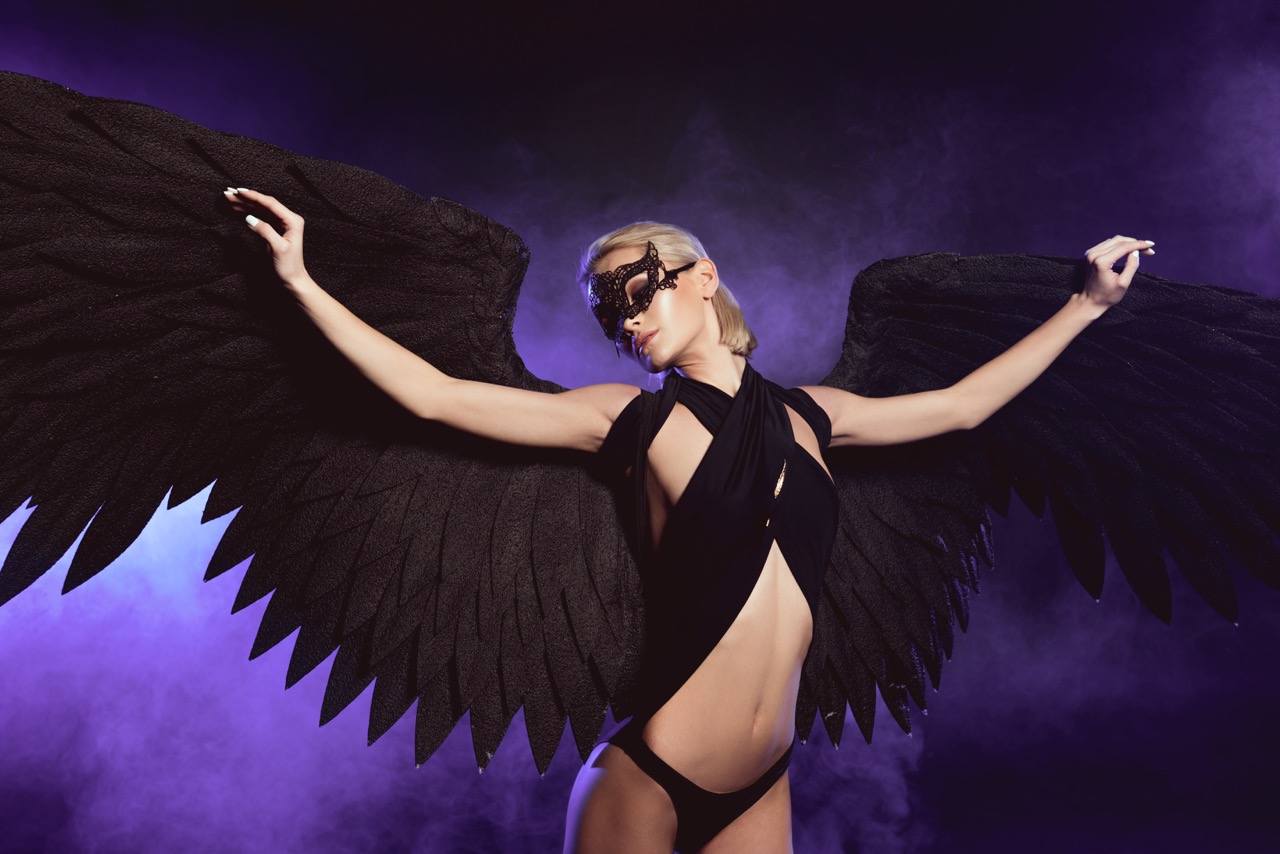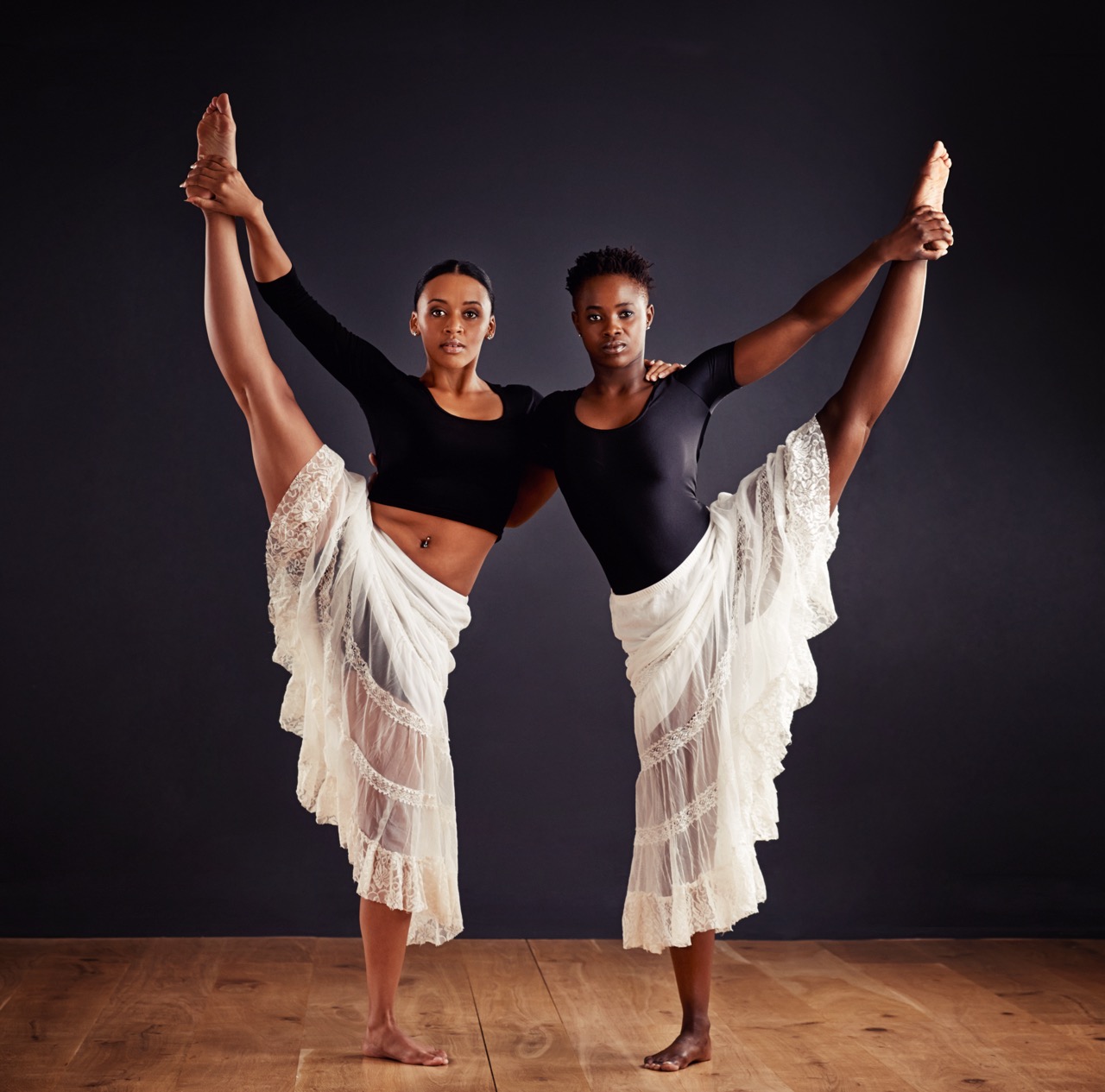The enchanting realm of dance has long been intertwined with the visual spectacle of costuming. Among those garments, winged costumes hold a unique place, capturing the imagination and elevating performances from mere movement to celestial narratives. From the soaring elegance of mythological beings to the breathtaking artistry of classical dancers, wings have adorned many forms of dance throughout history. This exploration delves into the ethereal allure, symbolism, craftsmanship, and evolutionary journey of winged costumes in ancient and classical dance forms.
The Ethereal Allure of Winged Costumes in Dance History
Winged costumes have captivated audiences since ancient times, embodying a compelling blend of grace and supernatural allure. Dancers adorned in wings often evoke a sense of transcendence, allowing performers to embody celestial beings, deities, or mythical creatures. The visual impact of these costumes allows for a transcendent experience, as the wings flutter and glide with every movement, creating an illusion of flight that resonates deeply within the viewer’s imagination. As dance evolved through various cultures, the incorporation of wings reflected the human desire to connect with the divine and the ethereal.
In ancient civilizations, such as Egypt and Greece, wings symbolized not only beauty but also power. In Egyptian art, deities like Isis and Hathor were frequently depicted with wings, representing their protective and nurturing roles. This connection between divinity and flight permeated classical dance, where performers often used winged attire to convey their roles as messengers of the gods or spiritual intermediaries. This ethereal allure of wings contributed to their incorporation in various cultural performances, enhancing the narrative significance and emotional impact of the dances.
As we traverse through the annals of dance history, we find that winged costumes were not restricted to the divine. They also represented the natural world, with interpretations of birds and insects taking center stage in various folk dances. This duality—the connection to the divine and the celebration of nature—illustrates the profound appeal of winged costumes, captivating audiences across cultures and eras. Ultimately, the ethereal allure of wings in dance serves as a testament to humanity’s enduring fascination with the intersection of the earthly and the celestial.
Symbolism and Significance: Wings in Ancient Performance
Throughout history, wings have been rich in symbolism, often representing freedom, transcendence, and the connection between the earthly realm and the heavens. In ancient performances, wings served as a powerful narrative device, allowing performers to visually translate complex themes into a captivating spectacle. For instance, in Greek mythology, the figure of Hermes, the messenger of the gods, was frequently illustrated with winged sandals, symbolizing agility and swiftness. Dancers embodying such mythological characters utilized winged costumes to embody these attributes, bridging the gap between the mortal and the divine.
In many cultures, wings also symbolize protection and guidance. In ancient Egyptian rituals, dancers donned winged garments to invoke the presence of divine protectors. The fluttering of fabric mimicked the protective embrace of the deities, creating a sacred atmosphere within the performance space. This protective symbolism extended to various cultural interpretations, underscoring the importance of wings as instruments of safeguarding the performers and the audience alike during ceremonial acts.
The significance of wings in dance also speaks to the notion of aspiration. The act of dancing with wings embodies the desire to transcend human limitations, to rise above earthly concerns, and to connect with higher spiritual realms. This symbolism has endured through centuries, allowing modern dancers to explore themes of liberation, transformation, and self-expression through winged attire. As a result, the enduring presence of wings in dance not only enriches performances but also resonates deeply within the collective psyche, inviting audiences to reflect on their own aspirations for freedom and transcendence.
Crafting Movement: The Artistry of Winged Dance Attire
The intricate design and crafting of winged costumes add another layer of artistry to dance. Creating costumes that effectively capture the essence of flight while allowing for freedom of movement requires meticulous attention to detail. Costume designers draw inspiration from nature, mythology, and cultural symbols, employing a range of materials from lightweight fabrics to elaborate embellishments that mimic the textures and colors of actual wings. The interplay of light and movement creates a dynamic visual spectacle, as dancers become living canvases that embody the very essence of flight.
The technical aspects of winged costumes also play a crucial role in the dancer’s ability to perform. The distribution of weight, the flexibility of materials, and the mechanics of attachment are all carefully considered to ensure that the wings enhance rather than hinder movement. This craftsmanship allows dancers to explore expansive movements, evoking the grace of a bird in flight or the flutter of a butterfly. The artistry involved in creating these costumes is a collaboration between designers and performers, resulting in a harmonious blend of aesthetics and functionality.
Moreover, the presence of winged costumes in the realm of dance emphasizes the importance of visual storytelling. The wings not only transform the dancer’s silhouette but also serve as a narrative device, conveying emotions and intentions without words. As the dancers move, the fluttering wings create an enchanting visual dialogue, drawing the audience into a world where the fantastical becomes reality. This fusion of craftsmanship, movement, and storytelling exemplifies the artistry of winged dance attire, highlighting the importance of costuming in elevating the narrative and emotional depth of dance performances.
From Myth to Stage: The Evolution of Winged Costumes
The journey of winged costumes from myth to stage is a testament to the enduring power of storytelling through dance. In ancient rituals, performers often donned winged attire to invoke the presence of deities, embodying the very essence of myths and legends. As these stories transitioned into theatrical performances, the use of wings became more pronounced, allowing dancers to engage with the audience on a deeper level. The evolution of theatrical dance brought forth a new level of sophistication in costume design, where wings became integral to the narrative structure of performances.
The Renaissance period marked a significant turning point in the evolution of winged costumes. As ballet emerged as a formalized dance style, the incorporation of wings took on new dimensions. Choreographers began to explore the thematic possibilities of flight, using winged costumes to enhance character portrayal and convey emotions. The elegance and technical precision of ballet allowed for a refined interpretation of winged movement, where the costumes became an extension of the dancer’s expression, illuminating the profound connections between movement and narrative.
In contemporary dance, the interpretation of winged costumes has expanded even further, as choreographers and designers embrace a wide variety of materials and styles. Modern performances often challenge traditional notions of wings, merging elements from different cultures and artistic movements. The rise of technology has introduced innovative designs, incorporating theatrical lighting and projection techniques that enhance the visual experience of winged dance. This evolution reflects not only a shift in aesthetic preferences but also a broader cultural dialogue about identity, freedom, and transformation, allowing the legacy of winged costumes to continue evolving in an ever-changing artistic landscape.
The enduring fascination with winged costumes in ancient and classical dance forms speaks to our collective yearning for connection, transcendence, and the celebration of the human experience. From their symbolic significance in ancient rituals to their artistic evolution on the modern stage, wings encapsulate a rich tapestry of interpretations and narratives. As dance continues to evolve, the legacy of winged attire remains a vibrant testament to the power of storytelling through movement, inviting audiences to soar alongside the dancers in a shared journey of imagination and aspiration.
